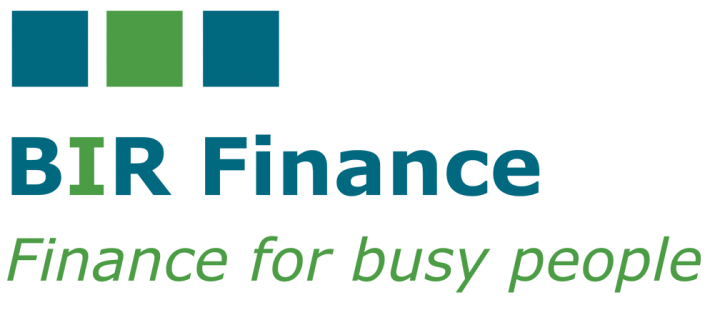Below are some observations as reflected from the data obtained from the RBA for the 12-month period ending 31 August 2020. Whilst both the absolute numbers and the relationship between rates will change, these observations provide you with useful information when you are shopping for a home loan by explaining some of the macro risk profiles considered by lenders.
1. Principal and Interest (P&I) interest rates are generally lower than Interest Only (IO) interest rates. Based upon a quick look at two major lenders (Macquarie and Westpac), P&I rates are lower than IO rates by 0.7% pa and a whopping 2.25% pa respectively!!!
This spread in rates can change if lenders form a different view of future economic conditions including inflation. Right now, lenders are rewarding borrowers who can demonstrate a capacity to gradually repay their loan. (PS the sting in the tail for IO loans is that whilst the repayments might be lower (in dollar terms) than a P&I loan, the debt servicing rate for IO loans is higher than for P&I loans; the logic being that after the IO period ends, the loan principal needs to be repaid over a shorter period of time so the monthly repayments of the principal are higher).
2. Rates for Owner Occupiers (OO) are sometimes lower than the rates for Investors (IN). Currently, the Variable Rates for an Owner Occupier are about 0.3% pa lower than for a similar Variable Rate product for an Investor.
3. The relationship between variable rates and fixed rates is more complex. Depending upon lenders’ views of future interest rates (and a whole bunch of other economic factors), the Variable Rates can be higher or lower than the Fixed Rates. Currently, Variable Rates are lower than most similar Fixed Rate products. And, the difference in interest rates between the two increases as the Fixed Rate term increases (the lowest Fixed Rate term is 1 year and the highest Fixed Rate term is 5 years).
4. The Loan to Value Ratio (LVR) also impacts the interest rate you will pay. If you have an LVR of over 80%, you can expect to pay a premium of anywhere up to 0.5% pa (and perhaps higher). It is also worth noting that loans with a high LVR (mostly over 80% but sometimes a bit higher if, for example, you are an eligible borrower (e.g. medical practitioner)), also require borrowers to pay Lenders Mortgage Insurance (LMI). LMI is an insurance policy the borrower pays to protect the lender in the event of a default and is often capitalised on top of the loan amount. (Note: LMI also has some hidden costs to the borrower in the event of default but more on that elsewhere).
5. The size of the commitment suggests that lenders slightly favour loans under $1.0M over loans. However, the differential is not significant. – between nil and 0.1% pa.
[1] RBA Data: https://www.rba.gov.au/statistics/tables/#interest-rates


